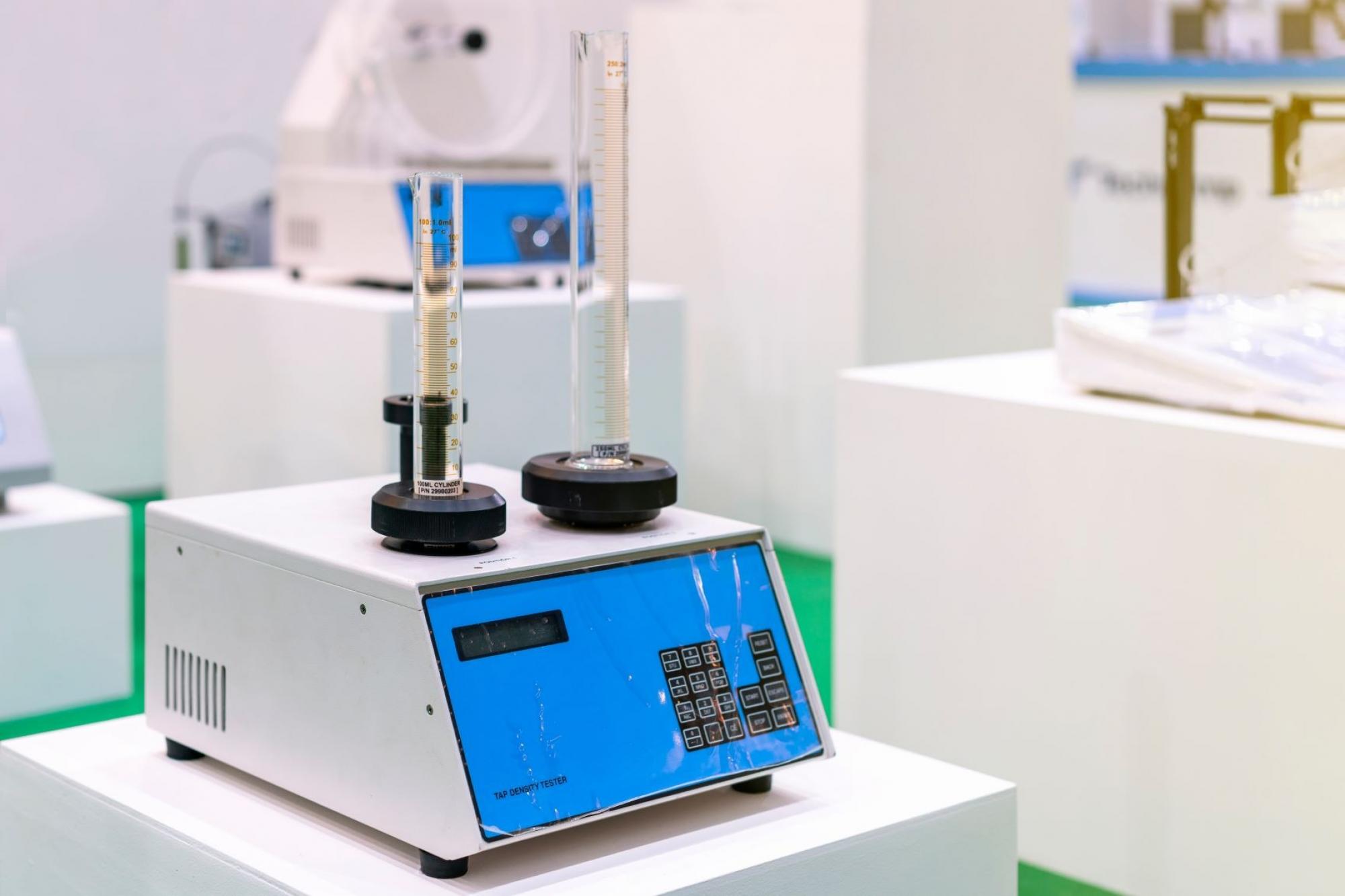Powder properties can change when under pressure. This influence of external pressure is referred to in industrial processes as the compressibility of the substance.
This article discuss:
- Two properties of compressibility and packaging that are essential during storage and transport
- Difference of compressibility
- Tips to achieve maximum packaging properties
The experts at Dinnissen Process Technology are available to answer all your questions:
Get in touch with Juul Jenneskens 077 467 3555
Two properties of compressibility and packaging that are essential during storage and transport
Powder properties can change when under pressure. This influence of external pressure is referred to in industrial processes as the compressibility of the substance. It is one of the most essential powder properties, as it indicates the change in volume of the substance under high or low pressure. It is therefore an important indicator for the reaction of the powder during processing, storage and transport.
The packaging property of a powder tells how the powder particles arrange themselves when packed in bulk. The packaging property is affected by the size, particle distribution, compressibility and shape of the powder. To a somewhat lesser extent, consistency and surface charges can also affect packaging property.
Both properties, compressibility and packaging properties, make an important contribution to the storage and transportation of the powder. These properties of powders therefore largely determine logistics costs in the total chain. Within logistics we work with volume weight. Below a certain weight is calculated with volume to determine the logistics costs.

Amorphous and crystalline powders
Difference of compressibility
There are big differences between the fabrics when it comes to compressibility. For example, the hardness, consistency and compressibility of amorphous powders differ compared to crystalline powders.
The density and hardness of crystalline powders is high, making the powder less compressible under pressure.
Amorphous powders, on the other hand, are more compressible. At the same time, there is also a greater chance of clumping under pressure, for example in the bottom of big bags.
Tips to achieve maximum packaging properties
When there is little space between the particles, there is a good arrangement and we speak of an optimal packaging property. Shaking, dropping or vibrating the powder will help the particles settle in and fill the spaces in between. This temporary compression effect ensures a better arrangement, which increases the packaging property. This means that more mass can be packed per volume. The amount of interstitial space normally decreases as the powder size decreases. The smaller the particles, the easier they can fill a void. Above a certain powder size, the amount of space in between remains constant. This works in reverse when the amount of fine particles is so high that all possible empty spaces are already occupied. So there must be a balance between the different sizes of the powders. This good powder size distribution ensures a minimum of intermediate spaces and thus a good packaging property.

Tap density tester

Name: Juul Jenneskens
Advisor
Please feel free to contact me if you have any questions about this subject. My team of colleagues and I are ready to answer!
Get in touch with Juul Jenneskens 077 467 3555 [email protected]
Do you prefer to request a consultation directly?
A good particle size distribution ensures a minimum of intermediate spaces and therefore a good packaging property
